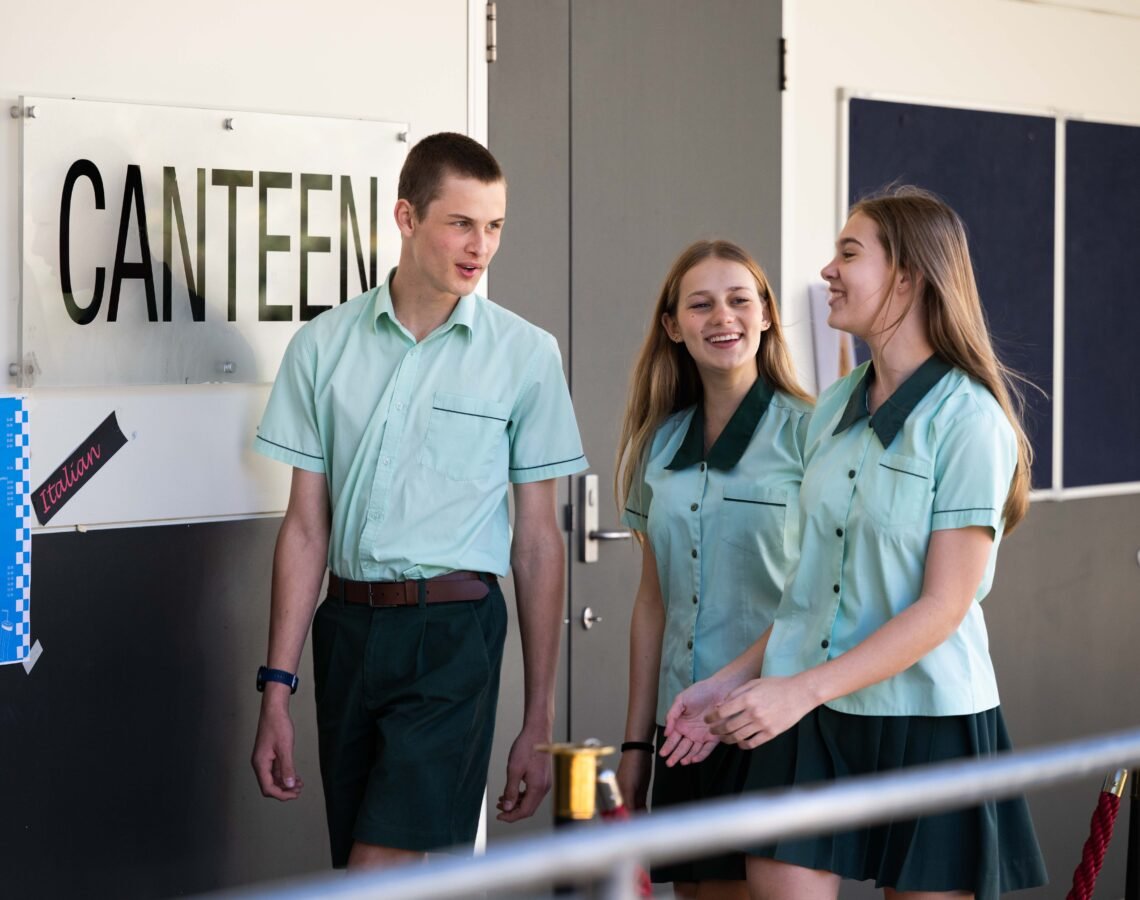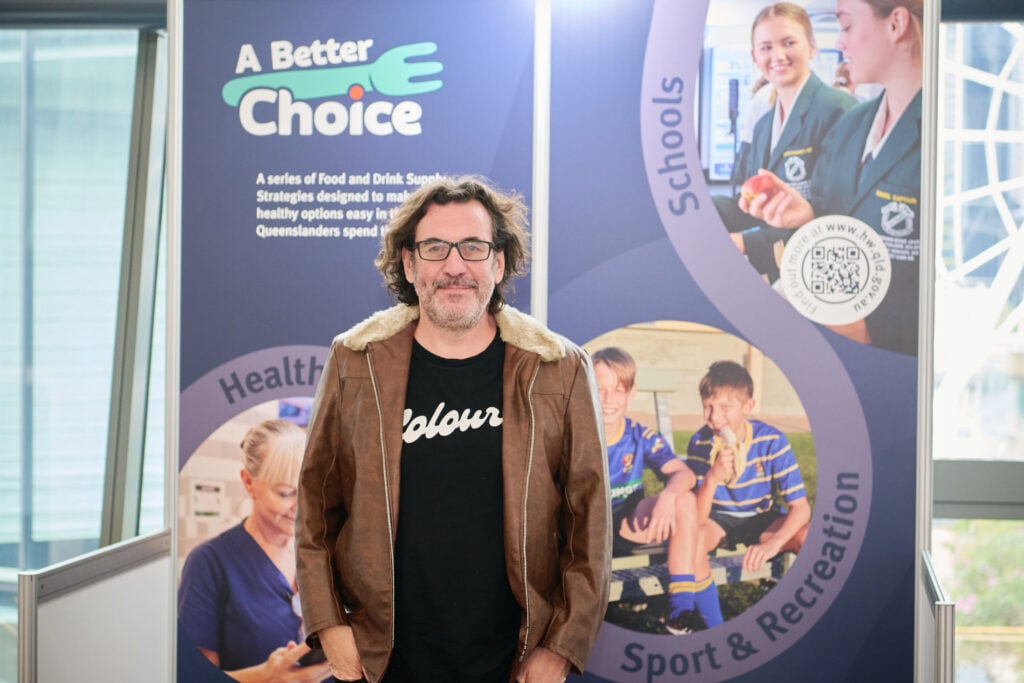Harnessing marketing techniques to elevate the school tuckshop

- More than 80% of Queensland parents want healthier food and drink choices at school
- Marketing techniques can transform tuckshops
- Three mindset shifts to make healthier choices more attractive for students.
Influencers in the playground? Why not.
If student influencers can help shape what’s cool to eat, why not harness their influence for healthier choices? That was the advice from one of Australia’s leading consumer psychologists, Adam Ferrier, speaking at Health and Wellbeing Queensland’s A Better Choice Conference in August.
Ferrier, founder of Thinkerbell, is known for marrying scientific enquiry with hardcore creativity — or what he calls ‘Measured Magic.’ His agency has made our bodies sing for bananas and embedded the BCF-ing fun jingle into Australia’s ears. At the conference, he handed delegates the keys to behaviour change in school tuckshops and beyond.
School tuckshops don’t live in a bubble
Ferrier reminded us that tuckshops are competing in a crowded marketplace where global food brands use sophisticated marketing to win kids’ attention.
‘If you call yourself something generic like good tucker or just the tuckshop, you’re on a hiding to nothing,’ he explained.
‘You need to feel like a brand students want to buy from, with cache and credibility. And that brand needs influencers — the cool kids in the school or sporting club who will speak positively about the choices you offer.’
Three mindset shifts for healthier choices
Ferrier shared three mindset shifts tuckshop managers and volunteers can embrace to make healthy food more attractive:
See healthy eating as competing with popular culture.
Kids won’t be swayed by a tuckshop’s old-school approach. Healthy food needs to permeate culture, using whole-of-school or club systems and influencers.
Make healthy the default.
Design the environment so it’s easy to make a healthy choice — and harder to make an unhealthy one. Menu design, product placement and even signage all matter.
Zaisha Davey, a Year 12 student from Ferny Groce State School said:
‘It’s not always easy to find healthy food when you’re buying meals outside the home. That’s why having good options at the school tuckshop makes a big difference. It’s where I can get something tasty and healthy that keeps me going through the day.’
Make healthy aspirational.
Find ways to make fruit and veg feel cool, fun and desirable. Sushi, Ferrier pointed out, has managed to do just that — turning a once-unfamiliar option into a must-have food.
Choice architecture: science behind the shift
Ferrier emphasised that behavioural science — especially choice architecture — is critical. Subtle nudges in menu design, pricing, product placement and branding can shift behaviour more effectively than common sense alone.
‘School tuckshops can’t outspend big brands,’ he said.
‘But they can borrow from their playbook — using snackable carrots in vending machines or creating healthy food imagery that’s just as powerful.’

Pictured above: Adam Ferrier, founder of Thinkerbell.
Where to start if you’re struggling
School tuckshops are a key part of the Queensland Government’s Smart Choices – Healthy Food and Drink Supply Strategy, ensuring students have access to healthier food and drink options.
Mathew Dick, Principal Lead – Health Promotion at Health and Wellbeing Queensland, said:
‘More than 80% of Queensland parents want healthy food and drinks for their children at school. Through the Health and Wellbeing Queensland funded Healthier Tuckshops program delivered by QAST, we’re helping tuckshops serve affordable, nutritious food — creating healthy tuckshops, healthy schools and healthy children.’
Ferrier’s top three tips for a tuckshop or canteen ready to turn things around:
- Redesign the menu using behavioural science. Search “menu design choice architecture” and apply proven techniques.
- Reimagine the footprint. Put healthy foods up front, unhealthy ones at the back.
- Involve students. Their input provides insights and builds buy-in.
The bottom line: Healthy choices can be cool, aspirational and easy — but only if we market them with the same creativity and strategy that the food industry has long mastered.
Media contact details:
media@hw.qld.gov.au | 0439 599 210


